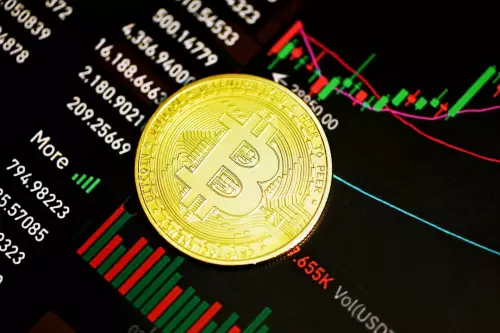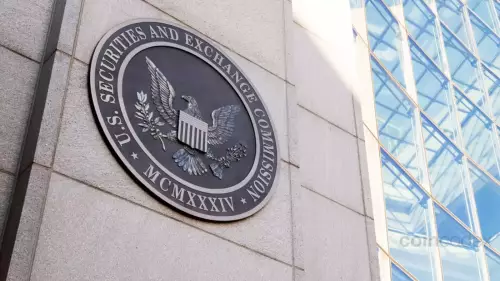 |
|
 |
|
 |
|
 |
|
 |
|
 |
|
 |
|
 |
|
 |
|
 |
|
 |
|
 |
|
 |
|
 |
|
 |
|

The price of Pi Network (PI) has continued to consolidate since the first week of April, as demand from investors remains low.
Pi Coin (PI) was trading at $0.60 on Monday, much lower than its all-time high of $3. It has erased over $9 billion in value, with its market cap falling from over $13 billion to $4 billion.
The coin has floundered as investor interest remains thin. CoinGecko data shows that daily trading volume has dropped from over $800 million shortly after its mainnet launch to just $42 million today.
This decline in demand comes as Pi Network's circulating supply continues to rise. PiScan data shows that the network will unlock 231 million Pi tokens this month, with an additional 222 million scheduled for June. Over the next 12 months, more than 1.4 billion tokens, valued at approximately $853 million, will come online.
Rising token supply in a low-demand environment typically leads to a depressed price, especially in the absence of major catalysts like new exchange listings or key partnerships.
Pi Network has also struggled due to weak traction among its ecosystem applications. Meanwhile, the broader crypto market remains dominated by applications on blockchains like Ethereum (ETH) and Solana (SOL).
Pi Network price forecast: Wyckoff Theory points to a surge
The eight-hour chart shows that the Pi Coin price has remained in a tight range since early April. This consolidation has coincided with a sharp decline in trading volume.
This price action suggests the coin has entered the accumulation phase of the Wyckoff Theory, which outlines four stages in an asset's price cycle: accumulation, markup, distribution, and markdown. The accumulation phase is typically marked by low volume and sideways movement.
The theory explains the four stages that assets go through: accumulation, markup, distribution, and markdown. The accumulation phase is characterized by low volume and sideways movements.
This is often followed by the markup phase, when prices spike due to a fear of missing out among traders. A catalyst such as an exchange listing could trigger this next phase.
Fortunately, the coin will likely be listed by at least one exchange this month. HTX, the exchange affiliated with Justin Sun, has sent several X posts, implying that a listing will happen.
Tokens often surge when listed by top-tier exchanges. The most recent example was Orca (ORCA), whose price soared by over 200% after its Upbit listing. As a more popular coin, Pi Network would likely have a bigger jump if a top exchange listed it.
The initial target for the Pi Network price will be the psychological point at $1, followed by the key resistance at $1.80, the highest swing on March 13.
免責聲明:info@kdj.com
所提供的資訊並非交易建議。 kDJ.com對任何基於本文提供的資訊進行的投資不承擔任何責任。加密貨幣波動性較大,建議您充分研究後謹慎投資!
如果您認為本網站使用的內容侵犯了您的版權,請立即聯絡我們(info@kdj.com),我們將及時刪除。
-

-

-

-

- 比特幣,加密和智商:當天才遇到數字黃金時?
- 2025-09-30 23:17:30
- 當Binance調整保證金交易和炒作面對投資者退出時,高級智商個人大膽的比特幣舉動引發了辯論。這對加密貨幣的未來意味著什麼?
-

- Stablecoins,美國創新和錢包代幣:下一個邊界
- 2025-09-30 23:15:03
- 探索美國創新和諸如$ best的錢包令牌越來越受歡迎的美國的穩定幣的興起。
-

- 烏克蘭的NBU,硬幣和加密貨幣:紐約人
- 2025-09-30 23:14:07
- 探索有關烏克蘭加密貨幣場景,NBU的紀念硬幣和模因硬幣的興起的最新信息。這是一次瘋狂的旅程,所以搭扣了!
-

-

-































































